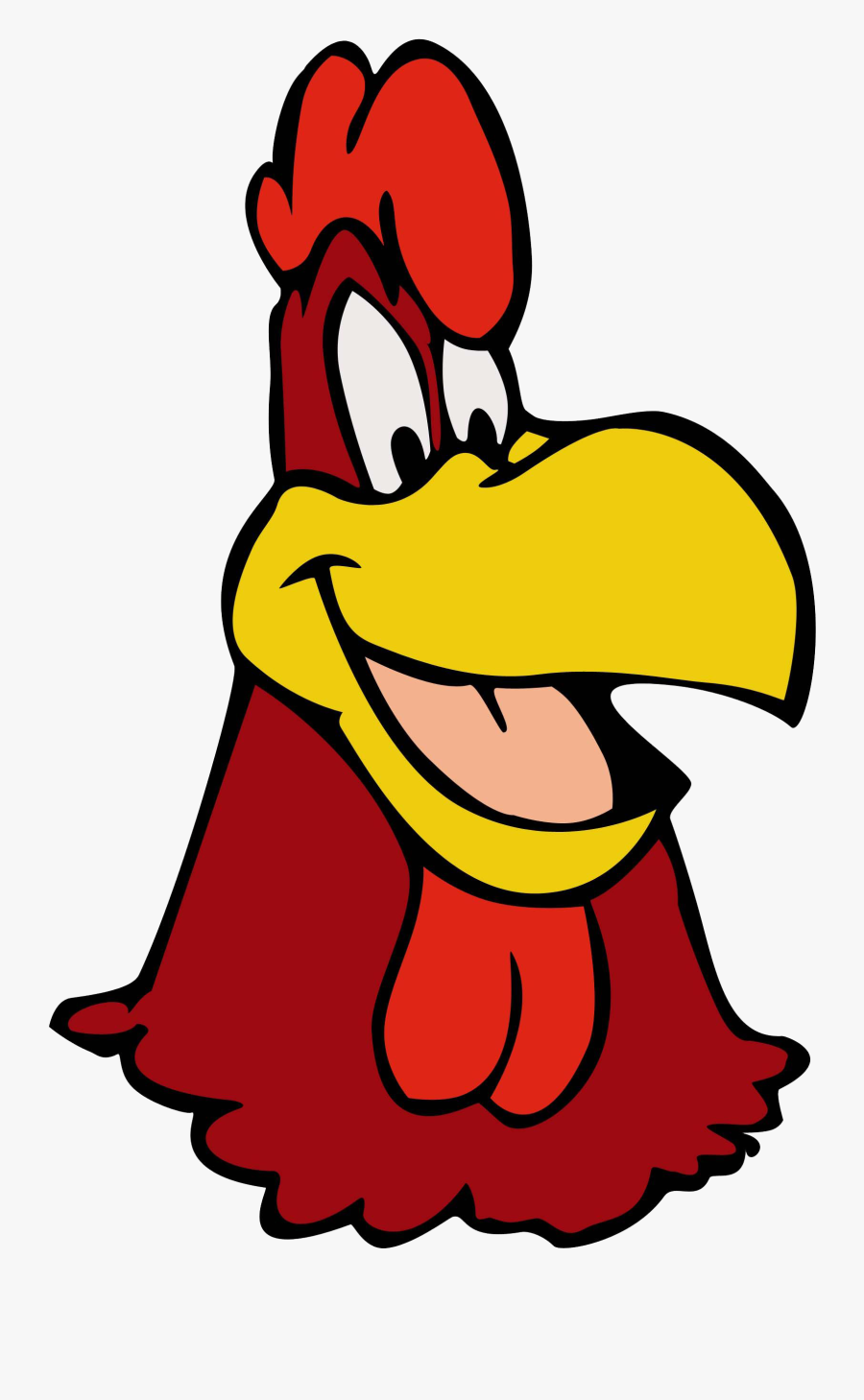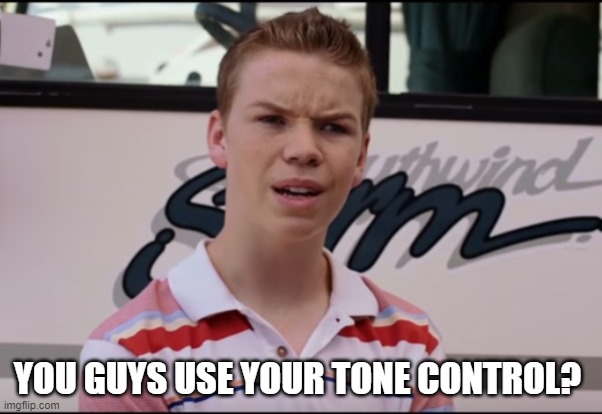Any of yall put a resistor in series with the cap on your tone control? It's supposed to simulate not being able to go 100% to zero on your tone control which is very useful if you don't like the nasally sound your tone control gets at 0.
Announcement
Collapse
No announcement yet.
Resistor in series with tone cap?
Collapse
X
-
How would you wire this? I like the idea to limit the sweep. I agree that zero on tone control is too much.
I am actually more interested in a tone control with several discrete values. Like a three or four way rotary. That way you can reproduce the sounds you want.
- Likes 1
Comment
-
Wiring: cap in series with resistor or conversely. The whole from hot to ground. Be aware that as long as the resistor value is not very low, tone caps have a subtle action (affecting only the harmonics in the best cases and with possibly no perceived influence if the sound chain used is not transparent).Originally posted by Top-L View PostHow would you wire this? I like the idea to limit the sweep. I agree that zero on tone control is too much.
I am actually more interested in a tone control with several discrete values. Like a three or four way rotary. That way you can reproduce the sounds you want.
If you find the 0/10 position too muddy, check the Fender "Grease Bucket" circuit: it uses a 4.7k ballast resistor preventing the pot to ever go to 0.
Multi-position tone switches: check the Gretsch "mud switch" with an ON/OFF/ON control allowing a no load wiring in center position. Not very useful with the cap values initially used but can give interesting "mid promoting" circuits with lower value capacitors, like 1/2,2/3,3/4,7/10 nF instead of the usual 22/33/47/100 nF tone caps.
More info on request. I tinker with such things (or more complex tone circuits) for decades. :-)Duncan user since the 80's...
- Likes 2
Comment
-
Yeah, I can attest smaller cap values sound better to me from 10 to 1, but sound pretty bad at zeroYou will never understand How it feels to live your life With no meaning or control And with nowhere left to go You are amazed that they exist And they burn so bright
Whilst you can only wonder why
Comment
-
Note that since all the components of a tone control are in series, all of these configurations will produce the same result. Just use the one that fits your wiring scheme best. I'd probably do somewhere from 10k - 50k for the resistor. Experimentation will be your friend.
- Likes 1
Comment
-
there is no differences being in seriesOriginally posted by ArtieToo View PostI can't edit above due to the pic, but the cap and resistor could be on top, with the bottom lug of the pot grounded. That's how I do an LP. Ground the pot, and let the cap be the connector between the tone pot and vol pot.
Comment
-
Thanks! I've been playing many years and am just starting to get my mind around the things that matter.Originally posted by freefrog View Post
Wiring: cap in series with resistor or conversely. The whole from hot to ground. Be aware that as long as the resistor value is not very low, tone caps have a subtle action (affecting only the harmonics in the best cases and with possibly no perceived influence if the sound chain used is not transparent).
If you find the 0/10 position too muddy, check the Fender "Grease Bucket" circuit: it uses a 4.7k ballast resistor preventing the pot to ever go to 0.
Multi-position tone switches: check the Gretsch "mud switch" with an ON/OFF/ON control allowing a no load wiring in center position. Not very useful with the cap values initially used but can give interesting "mid promoting" circuits with lower value capacitors, like 1/2,2/3,3/4,7/10 nF instead of the usual 22/33/47/100 nF tone caps.
More info on request. I tinker with such things (or more complex tone circuits) for decades. :-)
- Likes 1
Comment



 .
.
Comment